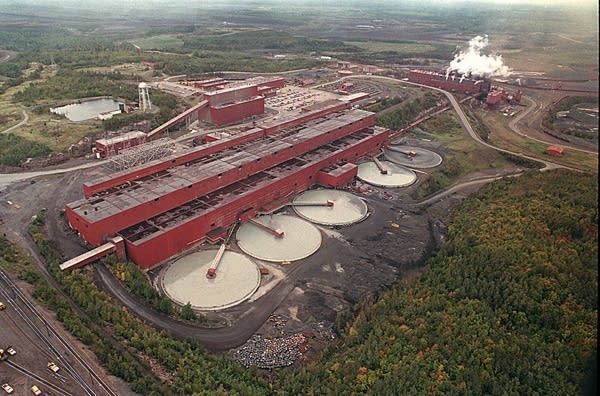Environmentalists criticize changes to PolyMet mine design

Go Deeper.
Create an account or log in to save stories.
Like this?
Thanks for liking this story! We have added it to a list of your favorite stories.
An environmental group says the design for the proposed PolyMet copper-nickel mine in northeastern Minnesota has changed in significant ways that require regulators to conduct a fresh environmental review of the revisions.
WaterLegacy says changes in the mine's tailings basin and wastewater treatment facilities, and a new disclosure of how much water would be pumped from the mine, obligate federal and state agencies to take a closer look — a move that could cause further delays in an already long process. The group made the request in a letter Thursday to the U.S. Army Corps of Engineers, the Minnesota Department of Natural Resources and other agencies.
Paula Maccabee, an attorney for WaterLegacy, said the plans changed between March 2016 when the DNR approved the final environmental impact statement and when PolyMet started submitting permit applications in recent months. She called it a "bait-and-switch" to cut up-front costs. She also said the changes increase the risks of a catastrophic dam failure, pollution spills and damage to wetlands.
"The project keeps changing and these are not changes for the better," Maccabee said.
Turn Up Your Support
MPR News helps you turn down the noise and build shared understanding. Turn up your support for this public resource and keep trusted journalism accessible to all.
But PolyMet spokesman Bruce Richardson said the changes "do not have significant environmental effects" and shouldn't reopen the review process.
In the letter supplied to The Associated Press, Maccabee cited three major changes that she said merit a supplemental environmental review:
• The design of the tailings basin dam. PolyMet had proposed to use a technique called "cement deep soil mixing" to stabilize the soil in the basin area and reduce the risk of a dam failure. The method involves drilling deep holes and filling them with cement to form columns that provided added strength and stability. The new plan, laid out in the permit applications, would use additional buttressing instead.
Maccabee said that would cut costs partly because the buttressing wouldn't have to be built right at the start of construction. Raising the example of the disastrous 2014 tailings dam collapse at the Mount Polley gold-copper mine in Canada, she said the change would increase the risk of a failure at PolyMet.
• The original plan included a water treatment facility at the mine site near Babbitt to reduce sulfates, metals and other pollutants before the wastewater gets pumped to the processing plant 9 miles away near Hoyt Lakes. The new plan is for pipelines to carry untreated water from the mine to the plant for treatment.
Maccabee said that's cheaper than a treatment plant at the mine, but it increases the risk of spills and makes adequate long-term water treatment after the mine closes less likely.
• The amount of water pumped from the mine site to the processing plant could hit 3.7 billion gallons annually. The final environmental impact statement didn't put a figure on how much water could be involved. Maccabee said that means none of the previous analyses on the effects on streams and wetlands adequately account for that much pumping.
"Project refinements are a normal part of the permitting process and are designed to make the project even better," Richardson countered. He also pointed out that PolyMet held up to the most extensive and lengthy environmental review in Minnesota history.
Environmentalists have been fighting efforts to introduce copper-nickel mining to Minnesota because the metals are locked up in sulfide-bearing minerals, which can leach sulfuric acid and heavy metals when exposed to air and water. While PolyMet has advanced to the permitting phase, the Obama administration last year decided against renewing mineral rights leases needed by the proposed Twin Metals mine near Ely, citing the potential threat to the nearby Boundary Waters Canoe Area Wilderness. The Trump administration has stood by that decision so far.


